Hydrangea chlorosis: description, causes and methods of treatment
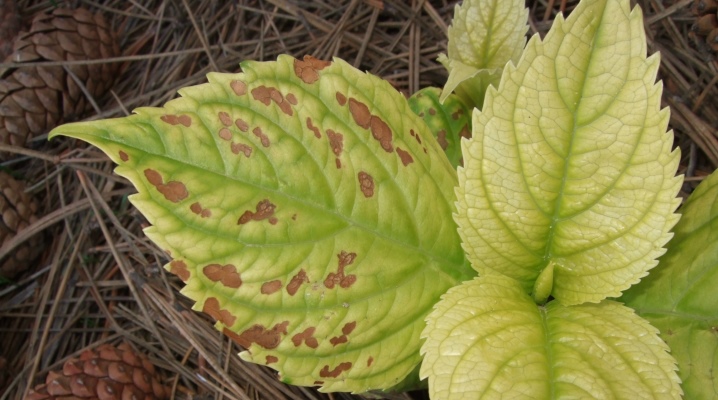
Chlorosis of hydrangea is expressed in yellowing of the leaves. This is not the only culture susceptible to this disease. The reason is a violation during the production of a substance such as chlorophyll. If a gardener notices such a phenomenon on his plants, he urgently needs to start treatment.
Peculiarities
A stunningly bright and spectacular perennial hydrangea shrub appeared in China, and after several decades it became known all over the world. Nowadays, many varieties are very popular in our country. Flowering occurs annually, the plant is distinguished by lush and abundant inflorescences. However, sometimes he can be struck by such an unpleasant disease as chlorosis.
The cause of the disease is iron deficiency. The problem may be either in the soil, in which this element is not enough, or in the inability of the hydrangea to assimilate it on its own. The onset of the disease can be preceded by various moments. For example, in spring it can be sharp temperature fluctuations. It is also harmful for metabolism if the foliage is in the sun, and the root system is in a soil that has not had time to warm up. This leads to the fact that the processes responsible for the formation of chlorophyll are disrupted. If treatment is not started on time, the shrub may die.
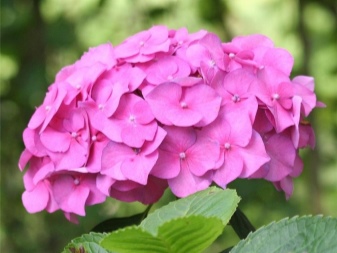
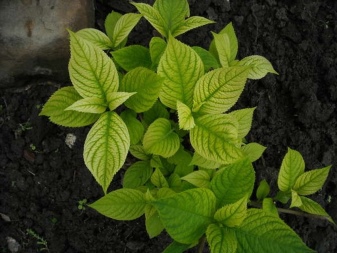
Chlorosis is manifested by yellowing of the leaves of the plant, while the veins do not change their color, remaining green. In addition, other manifestations are possible. This is a reduction in the size of the leaves, their curling from the edge and falling off. And also the disease can be reflected in the buds, which are deformed and crumble over time. Shoots on the top of the bush begin to dry out, the root system dies off. This becomes the last point after which the flower dies completely.
This disease can occur in crops such as lemon, azalea, gardenia. He is not afraid of violets. It should be noted that hydrangea can grow not only on the site, but also at home, and this will not save it from chlorosis. However, both in the first and in the second case, preventive measures can be taken. First you need to choose the right substrate. It should be a light soil that is permeable to both air and liquid.
Dense soil retains moisture, respectively, this is the basis for the formation of an alkaline environment, at the same time, the disease manifests itself. And also the reason can be a deficiency of manganese and nitrogen.
When it comes to garden hydrangea, the disease affects specimens growing in soil with a high lime content. The reason may lie in an excess of humus when feeding. It should be noted that plants that can be affected by chlorosis prefer to grow in slightly acidic soil, respectively, the pH will need to be checked periodically. You can water the plant with acidified water. Filtered and rainy ones are also suitable. The liquid must be defended, otherwise it will be tough.
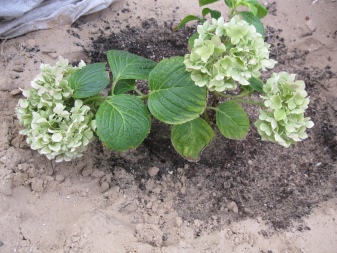
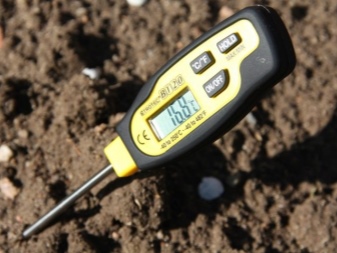
How to treat?
It's not a secret for anyone that prevention should be carried out in a timely manner. It involves the creation of a slightly acidic environment. If this could not be done at the right time, you will have to treat the hydrangea. This is done in stages. The first step is to replace the soil. Then you need to water the plant with acidified water. Iron must be added to water and earth.
The chelated form of the glandular supplement is most preferred. In this form, the element is well absorbed by the plant.Hydrangea should be treated, and drugs should be added at the root. You can use such compositions as iron chelate, "Ferrovit", "Micro-Fe" and others.
Iron is best absorbed by the plant when sprayed. It is the most effective remedy. The element will be assimilated within a day. This applies primarily to iron chelate, which is produced with the mark "Fertilizers on the sheet". When watering, impregnation occurs for a longer time, approximately 3 days.
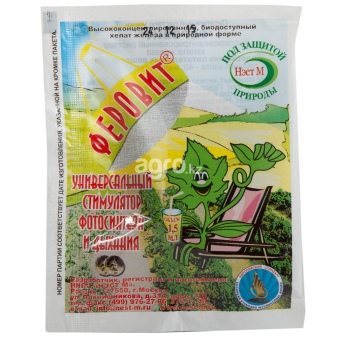
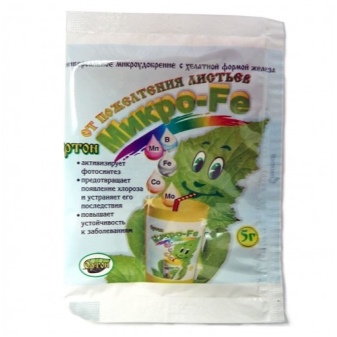
You can prepare the drug yourself. There are several ways.
- The first involves mixing half a teaspoon of citric acid, about the same amount of ferrous sulfate and 1 liter of boiled water. The composition turns out to be orange, the concentration of iron chelate in this case is 0.5 grams per 1 liter. It can be used both for spraying a plant and for watering it. You need to store the finished solution in the refrigerator, the shelf life is no more than 2 weeks.
- In the second case, you will need 10 grams of ferrous sulfate, 2 times more ascorbic acid, which must be diluted in 1 liter of water. The liquid is also sprayed and watered with hydrangea.
Gardeners recommend to bury rusty nails and tin cans near the hydrangea to get rid of chlorosis. If possible, you should scrape off the rust from the iron, and then mix it with the soil around the plant. It should be noted that yellowing of leaves can occur for various reasons. These include a lack of moisture in the soil or its excess, the scorching sun if the hydrangea grows in an open area, temperature drops, and a lack of nutrients.
The plant should be protected from stressful conditions as much as possible.
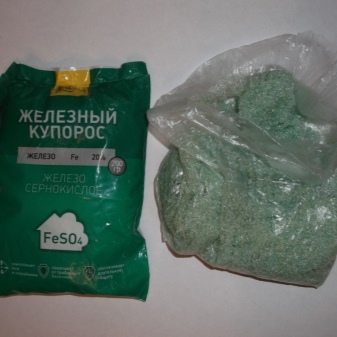
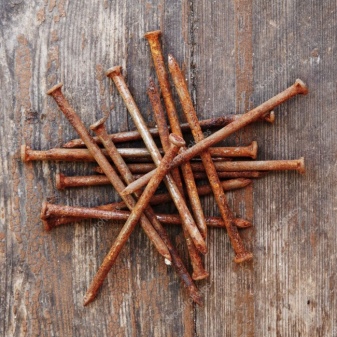
Care advice
The fastest way to cure chlorosis in hydrangeas is by spraying. The drug is absorbed much faster than watering. In some cases, difficulties arise, since a laboratory analysis of the soil may be required, which confuses novice gardeners. If there are symptoms of this disease, you need to feed it with a special composition. You can not be afraid to use both spraying and watering. It is advisable to use copper sulfate for hydrangeas in the spring, before the beginning of the growing season. This will increase the resistance of the shrub to insect attacks or the spread of diseases. Such additives as "Topaz" and "Iskra" help well.
It should be noted that preventing the disease is easier than curing it. Therefore, you should use the following recommendations:
- it is better to have a hydrangea in partial shade; she does not tolerate direct sunlight;
- light and slightly acidic soil is suitable;
- the soil must not be allowed to dry out, it must be constantly wet;
- feeding should be done on schedule;
- you can not use hard tap water for irrigation;
- the procedure should be carried out in the morning or evening hours, while the sun is not too active;
- carry out mulching.

How to help hydrangeas with chlorosis, see below.



































































The comment was sent successfully.